
Ingredient
Nile tilapia
The Aquatic Delicacy
Nile tilapia has a mild, slightly sweet flavor with a firm and flaky texture. Its flesh is white and can be easily separated into large flakes when cooked. The fish has a streamlined body with a silvery color and dark vertical stripes. It is typically sold as whole fish or fillets.
Origins and history
Nile tilapia is native to Africa, particularly the Nile River basin. It has a long history of cultivation and consumption in ancient Egyptian and African cultures. Today, Nile tilapia is farmed in many countries around the world, including the United States, China, and Thailand. It is known for its fast growth rate and adaptability to various aquatic environments.
Nutritional information
Nile tilapia is a good source of lean protein and essential nutrients, including omega-3 fatty acids, vitamins, and minerals. It is low in calories and fat, making it a healthy choice for those seeking a nutritious and flavorful protein option.
Allergens
Nile tilapia may contain allergens such as fish proteins, which can cause allergic reactions in individuals with fish allergies.
How to select
When selecting Nile tilapia, look for fish with clear, bright eyes, shiny scales, and a fresh, mild aroma. The flesh should be firm and spring back when pressed. Avoid fish with a strong fishy odor or signs of discoloration.
Storage recommendations
To maintain the freshness of Nile tilapia, store it in the refrigerator at temperatures below 40°F (4°C). It is best to consume the fish within 1-2 days of purchase. If freezing, wrap the fish tightly in plastic wrap or place it in an airtight container to prevent freezer burn.
How to produce
Nile tilapia can be produced through aquaculture methods, either in ponds or tanks. It requires warm water temperatures and a balanced diet to ensure proper growth and development. Amateur fish enthusiasts can consider setting up a small-scale aquaponics system to raise Nile tilapia alongside plants.
Preparation tips
Nile tilapia can be prepared in various ways, including grilling, baking, frying, or steaming. It pairs well with citrus flavors, herbs, and spices. It can be seasoned with salt, pepper, and other seasonings of choice before cooking. Nile tilapia can be used in fish tacos, fish stews, or served as a main dish with a side of vegetables or grains.
Culinary uses
Nile tilapia is commonly used in African, Asian, and Latin American cuisines. It is often featured in dishes such as fish curry, ceviche, and grilled fish. It is also a popular choice for fish tacos, fish soups, and stir-fries.
Availability
Nile tilapia is commonly available in regions where aquaculture is practiced, including Africa, Asia, North America, and South America.
More ingredients from this category
Recipes using Nile tilapia » Browse all

Mangalorean Style Beguni
Crispy Delight: Mangalorean Style Beguni

Kenyan-style Ajoarriero
Spicy Kenyan Fish Stew with Potatoes

Spanish Ratatouille with a Twist
Savory Spanish Medley: A Flavorful Twist on Ratatouille

Crispy Spanish Flatbread with Roasted Vegetables
Savory Delight: Spanish Coca de Recapte
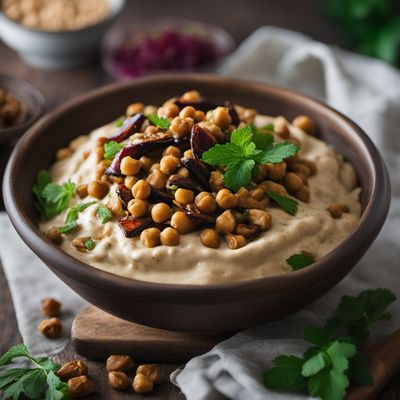
Levantine Fatteh with Roasted Eggplant and Chickpeas
Savor the Flavors of Levantine Cuisine with this Roasted Eggplant and Chickpea Fatteh

Grilled Vegetable Salad with Bengali Spices
Spiced Grilled Vegetable Salad: A Bengali Twist on Lebanese Salata Mashwiya

Authentic South Indian Sambar
Spicy Lentil Stew: A Burst of Flavors from South India
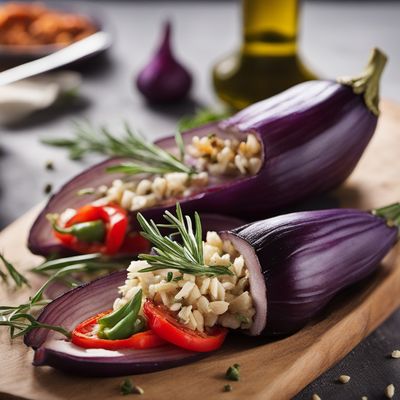
Finnish-style Roasted Vegetable Medley
Hearty Nordic Veggie Delight

Greek-American Bonjan Salad
Mediterranean Delight: Greek-American Bonjan Salad
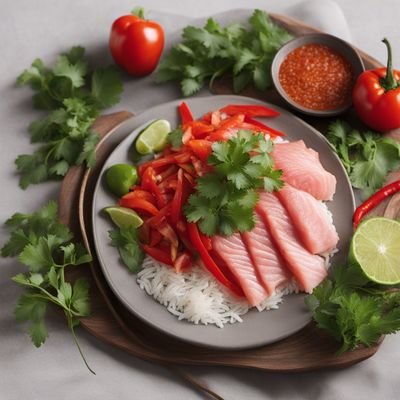
Maasai-inspired Chirashizushi
Savory Maasai Delight: Chirashizushi with a Cultural Twist
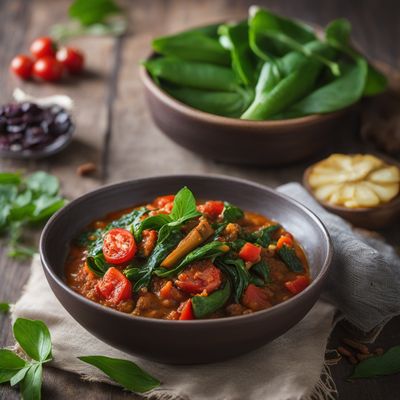
Zanzibari Gboma Dessi
Spicy Zanzibari Gboma Dessi: A Fusion of Togolese and Zanzibari Flavors
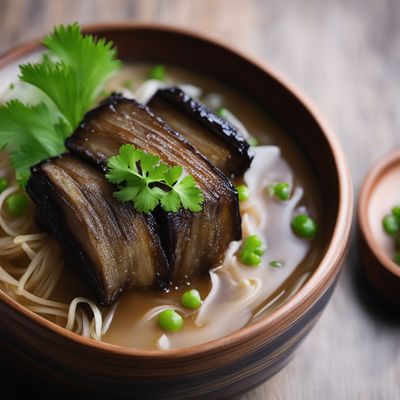
Agebitashi - Crispy Fried Eggplant in Dashi Broth
Crispy Delight: Agebitashi - A Flavorful Japanese Eggplant Dish